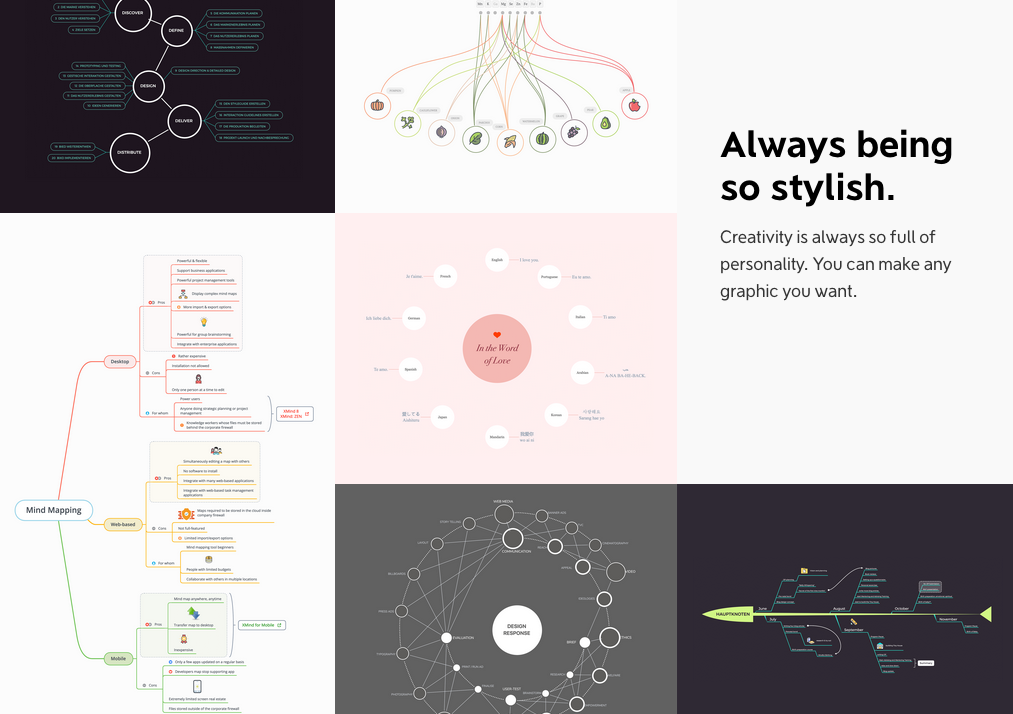Special Education in Today’s Classrooms
Today we were provided an amazing overview of the range of accessibility technologies that are available to help students who might be having difficulty learning in the traditional ways offered by their teachers. It is estimated that at least 10% of students (likely closer to 20%) have some form of special needs. As I begin to envision what this means for my future classes, it is both eye-opening and alarming that I have little understanding at this point of spectrum of learning requirements that each type of learner will have. It is upsetting to think that there are so many students whose needs are potentially being neglected or inadequately met, for one reason or another. It may be that teachers are unaware of their students’ needs, or it may be that the students and their parents are unaware because they have not formally been diagnosed. Luckily, this presentation today has provided me with an extensive list of tools to draw on that will aid me towards creating an inclusive learning environment. These tools offer specific solutions to help make learning more differentiated to accommodate the range of learning requirements.
Assistive Technologies
Assistive technology is one tool to help this differentiation. For example, IPads have become very common in the classrooms in BC. They allow for a more functional interaction with technology and can help to bridge a gap that might be resulting from the physical and cognitive requirements of a standard computer keyboard system. Kurtzwell is another commonly used assistive technology. It offers a screen-reading technology that helps make written content more accessible for students who have issues reading. As stated on their website:
“Our products offer learners new multisensory approaches to read, comprehend, synthesize, apply, and demonstrate their knowledge. With our support, they become independent, confident learners who can achieve rigorous academic goals. When learners are able to understand text on demand, use organizational and content management tools to jumpstart their written work, and demonstrate their knowledge, they can meet rigorous standards. They can unlock their true potential.“
I didn’t know that screen reading technologies like these offered by Kurtswell, and similarly offered by Google Suite and Office 365, even existed. With the amount of reading required in school, these new resources will certainly be useful for students.
Boardmaker is another one that will be indispensable. This company was started by a couple who saw the need for assistive technology to aid with special education.
They claim on their website that they are, “one of the earliest companies in the Assistive Technology field…”. They have grown significantly since they started in 1980 and now are able to claim that:
“Boardmaker is a complete special education platform that supports education, communication, access and social/emotional needs of more than six million students in 51 countries”.
A more specific technology is Xmind. The tools offered by Xmind are for brainstorming and organizing information, which could be an incredible help for students with special needs, who prefer visual representations of class content. What I found so incredible with this tool was its versatility. There seems to be such an incredible range of sleek styles that would likely make it much easier to capture a student’s interest than the majority of apps I’ve seen in the past
The BrailleNote Touch is, lastly, an amazing tool to increase accessibility for visually impaired students. It is a device offered by Humanware, which state on their website that it “combines the simplicity and accessibility of a note taker with the power and efficiency of a modern smartphone or tablet.” After watching a quick tutorial on how to use this device, it is clear that this is a powerful new tool for blind and visually impaired students. It is amazing to see the instantaneous changes appear in the braille key pad as the user enters in information.
SET-BC
The range of technology available for special education is obviously quite extensive. As these tools have become available, their integration into schools have been an ongoing process that has, consequently, required a network of classroom support. The Special Education Technology – British Columbia (SET-BC) has been an important piece of this integration. They say that their serivice delivery model “has been to build school district capacity to support students through the implementation of assistive technologies.” Within their first years of operation, they experienced a rapid increase of demand as the necessity of their function became increasingly clear. As stated on their website:
“SET-BC was established in 1989 to provide assistive technology services for students with physical disabilities. The Special Education branch of the BC Ministry of Education considered the following trends when designing the purpose and structure of the program:
- students with special needs were being integrated into regular classrooms and participating in standard curriculum activities
- new technologies were being developed that allowed students with disabilities to participate more actively in their educational programs
- the Provincial Advisory Committee on Computers (1988), which investigated the use of technology in the school system, recommended that technology services for special education should be a priority.”
It is reassuring that this outreach program from the ministry of education has expanded and continues after 30 years to provide such a critical resource for everyone involved with special education.
Tracy Humphreys and BCEd Access Society
Tracy Humphreys was our guest speaker for today’s class. She is the founder and chair of BCEd Access Society. This is a volunteer-run program that connects with families and disability-serving organizations. The society claims to have an active parent group of nearly 3200, helping them deal with classroom learning issues that their children are facing. Some of these issues might include classes that do not, for one reason or another, have sufficient integration of supportive technologies to help students with special needs.
She highlighted that her 17 year-old son was unable during his public education to get a formal assessment of his disability or even get on the waitlist to be assessed! For a number of factors, she explained that this is actually not uncommon. The average that she’s been hearing from families to get a formal assessment of children’s learning disability, such as autism, has been around 2 years. This is a shocking amount of time for families and education staff to have to wait to know how to best support their children’s learning needs! This society she works for helps fill in resource gaps that she has become aware of. The content that is available on the BCEdAccess website provides excellent support for those searching out extra information and assistance.
The “Exclusion Tracker” is the newest feature on the site. It is a tool that families with special needs students can use to record the amount of exclusion from school activities they face over the course of a year. Though “exclusion” is individually defined, and therefore makes the tracker very open to interpretation, it offers a glimpse into how effectively schools are actually integrating those with special needs into classroom activities. Tracy mentioned that “some might define it as missing a day of school, and others may define it as being excluded from a class.” Either way, this new feature feels like it gives parents some voice in comparing their children’s education with those students without special needs.
Tracy mentioned that it may not be obvious which students are special needs and which are not. And even if those that have special needs and have an Individualized Education Plan(IEP) have been identified, there are likely others in the class that have some form of undiagnosed learning issue. Talking with the students and families seems to provide the clearest route towards determining any of these issues. I especially liked her analogy that learning disabilities are similar to an iceberg: where a student’s behaviour is what is seen on the surface, like the visible part of an iceberg —this is just a reflection of what cognitive issues are hidden below the surface, where most of the iceberg is actually found.
Tracy emphasised that technology is not the answer for all students. Online learning, for example, has not worked well for some students during the pandemic. During these physically-distanced times, the access to physical interactions to specialists has obviously been dramatically reduced and this has put those requiring this extra assistance at a disadvantage. BCEdAccess Society is clearly an important force attempting to level the educational playing field for students of all abilities. The current integrative model that is used in BC today is different from the more segregated model of the recent past and its adoption has necessitated the development of a differentiated learning approach. Though the range of assistive technologies has grown substantially, it offers solutions for only one aspect of creating a more equitable education system. Societies like Tracy’s have grown out of a need to serve our special education community better, and though in an ideal world the issues they are working on would be taken up by the government, or even better, they wouldn’t be issues at all, it appears that they will continue to be a force for positive change, and I’m grateful for the work she and her Society does.







Leave a Reply
You must be logged in to post a comment.